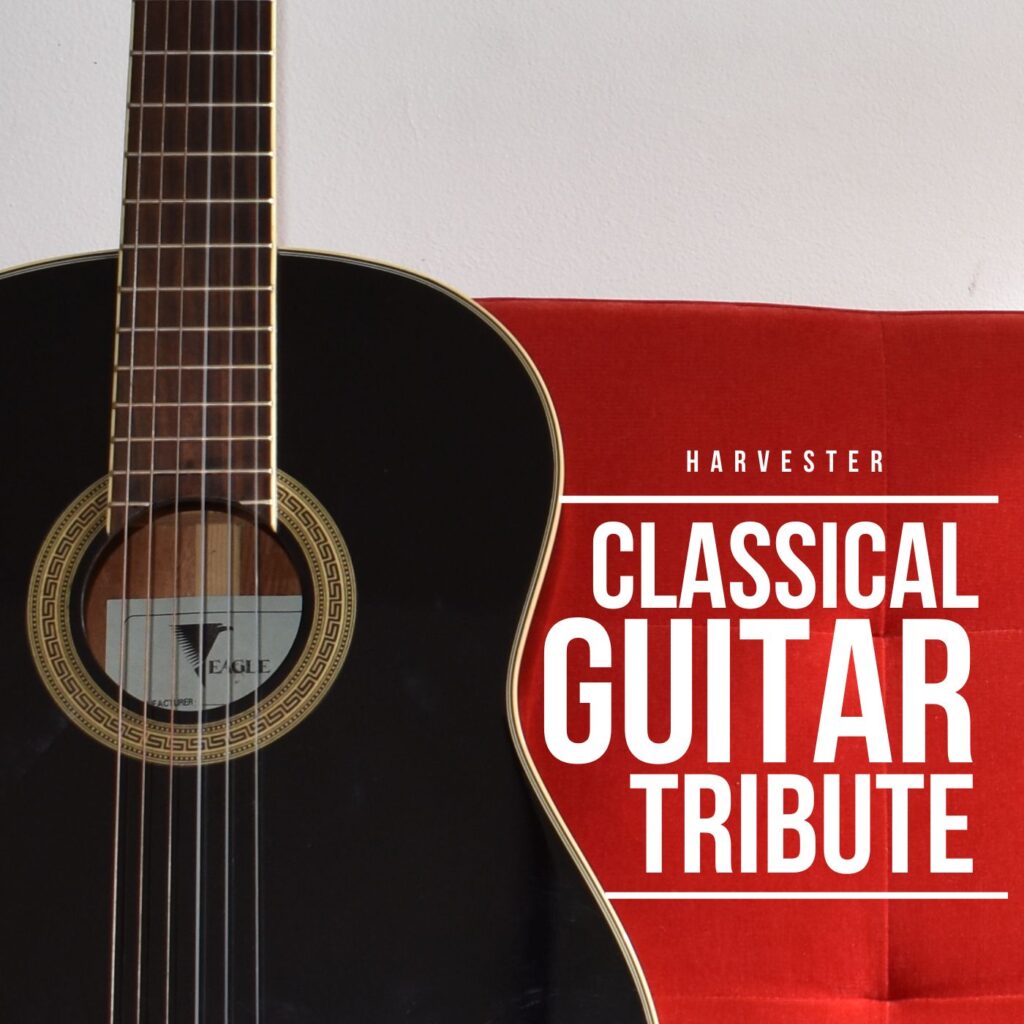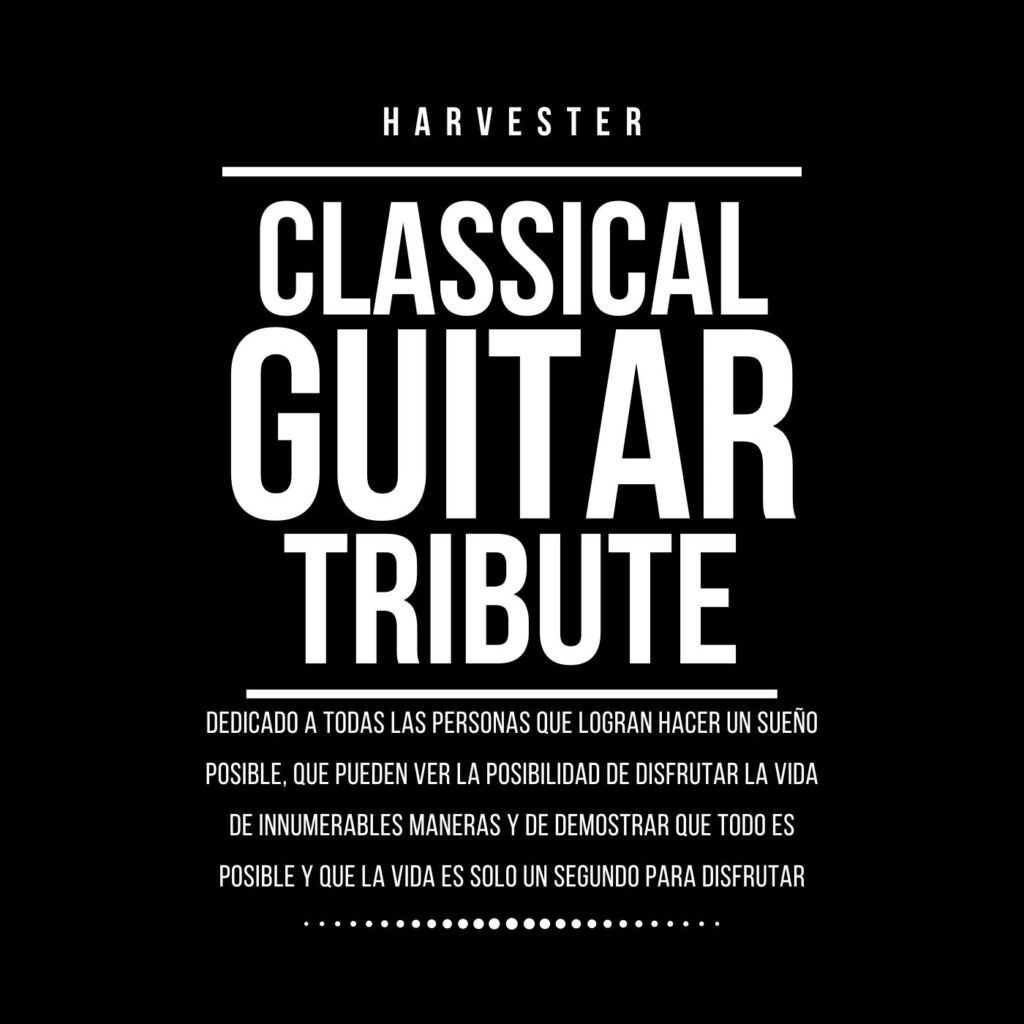
Rock Music
As the lead guitarist for Haggen, I have had the privilege of being a part of one of the most creative and passionate rock bands out there. Together, we’ve created some of the most exciting and dynamic music of our time, always striving to push the boundaries and take our sound to the next level.
Our album is a true testament to our love for music and our dedication to our craft. With its hard-hitting riffs, soaring melodies, and unforgettable lyrics, this album is a showcase of our passion for heavy metal and our commitment to creating music that speaks to the heart and soul of every listener.
One Life
Out of my mind
The song speaks about the desire for freedom and the need to let go of someone who is holding back. The lyrics encourage living life to the fullest and being true to oneself, even if it means being hated for who you are. The repeated chorus of “get out of my mind” emphasizes the need to move on and leave the past behind.
Now I know
As the composer and guitarist of “Now I Know,” this song holds a special place in my heart as it’s dedicated to my daughter. Through the lyrics, I express my love for her and the impact she’s had on my life. It’s a reminder of the joy and light she’s brought into my world, and the sacrifices I’ve made for her. As I play this song, I’m filled with a sense of gratitude and love for my daughter, knowing that no matter where life takes us, she will always be a part of me.
Escafandra
This song speaks of a struggle between freedom and captivity, as the singer feels consumed and trapped by a new body and the protection of a diving suit. Suggest that the suit represents both a physical and mental prison, as it covers the body and prevents the mind from escaping. Despite this, The song is a powerful reflection on the challenges of self-discovery and personal growth.
Attitude
This song inspires a positive attitude towards life, encouraging listeners to focus on their goals and enjoy everything around them. It emphasizes the power of individuality and self-empowerment, urging listeners to be true to themselves and strive towards a fulfilling life.


Classical Guitar
My passion for classical guitar has led me to create an album called “Classical Guitar Tribute,” which takes listeners on a journey through the history of classical guitar with 11 songs arranged in chronological order of composition. Each piece reflects the unique style and technique of its respective time period, showcasing the evolution of the classical guitar over centuries. The 12th and final song is my own composition, a tribute to the rich history and artistry of classical guitar. I hope this album will inspire and deepen appreciation for this beautiful instrument and its rich legacy.
Classical Guitar Tribute

While my guitar gently weeps
When George Harrison decided to compose this song, he found inspiration in relativism and the I-Ching, which holds that everything in life is related. While visiting his parents’ house, he decided to compose a song using the first words he saw upon opening a book, finding “Gently Weeps” and the origin of a work that managed to be among the best in history.
This is how every work, composition, and musical expression comes to light, based on an experience, a feeling, an illuminated moment. But above all, it arises from the initiative to take action and capture a sensation in notes that will endure over time and leave a message for future generations. It is something that says much more than words written on paper: it is the soul captured in a musical vibration.

Enrique VIII (1491 -1547)
1. Greensleeves (1525)
“Greensleeves” is a traditional English folk song and melody, mainly based on a motif called the “romanesca”. The widespread legend claims that it was composed by King Henry VIII of England (1491-1547) for his lover and future queen consort Anne Boleyn. Anne, who was the youngest daughter of Thomas Boleyn, the first Earl of Wiltshire, rejected Henry’s attempts to seduce her. This apparent rejection is referred to in the song when the author writes “cast me off discourteously”. It is not known if the legend is true, but the song is still commonly associated with the lady in public opinion.

Johan Phillip Krieger (1652 -1735)
2. Menuet in A Minor (1710 )
Johann Krieger (baptized on January 1, 1652, in Nuremberg; died on July 18, 1735, in Zittau, Saxony, eastern Germany), also known as Kruger, Krüger or Kriegher, was a German composer and organist.
Krieger was distinguished for the high level of his counterpoint, especially in his double fugues. Georg Friedrich Händel praised his collection of pieces for organ, Anmutige Clavierübungen (“Gracious Keyboard Exercises”), and promoted it in England. Krieger can be placed on par with his contemporaries Johann Kuhnau and Johann Caspar Ferdinand Fischer. Some of his German cantatas are rare examples of the late practice of the madrigal style in a composer of the Nuremberg school.

Santiago de Murcia (1673 – 1739)
3-4. Preludio/Allegro (1717 )
Santiago de Murcia was a Spanish guitarist and composer of the Baroque period. He was the son of Juan de Murcia and Magdalena Hernández, and his activity seems to have been concentrated in his hometown, where the most important patrons were located. He was born into a family with a long tradition of guitarists and viol-makers to the royal court, and his training was in the Royal Chapel, where his father Juan de Murcia and Francisco Guerau were masters.
Few details remain about the life of Santiago de Murcia. He may have been related to the luthiers Gabriel and Antonio de Murcia, but this has never been proven. Although he mentions the guitarist and composer Francisco Guerau in the introduction of his printed collection of music for guitar, there is no evidence that he actually studied with him.
In his collection of music for guitar, Resumen de acompañar la parte con la guitarra, printed in 1717, Murcia describes himself as the guitar teacher of Queen María Luisa de Saboya of Spain.

Johann Sebastian Bach (1685 – 1750)
5-6. Menuet in G / Menuet in G minor (1725)
Johann Sebastian Bach was the most important member of one of the most prominent families of musicians in history, with more than 35 famous composers. He had great fame as an organist and harpsichordist throughout Europe for his great technique and ability to improvise music on the keyboard. In addition to the organ and harpsichord, he played the violin and viola da gamba.
His prolific work is considered the pinnacle of Baroque music; it stands out for its intellectual depth, technical perfection, and artistic beauty, as well as for the synthesis of the various national styles of his time and the past. Bach is considered the last great master of the art of counterpoint and a source of inspiration and influence for later composers and musicians, from Wolfgang Amadeus Mozart, through Ludwig van Beethoven, Felix Mendelssohn, Robert Schumann, Franz Liszt, Johannes Brahms, Richard Wagner, Richard Strauss, and Gustav Mahler to more recent musicians such as Arnold Schönberg, Anton Webern, Paul Hindemith, Igor Stravinsky, Heitor Villa-Lobos, and Astor Piazzolla, among many others.

Ferdinando Carulli (1770 -1841)
7. Andantino in G – OP. 241 Nº5 (1825)
Ferdinando Carulli was an Italian composer and guitarist, considered one of the greatest teachers in guitar history. Many of his over four hundred pieces are used as methods for learning and perfecting techniques to handle this instrument.
He was born into an affluent family. Like many young people of the time, he learned music theory from an amateur musician priest, and his first instrument was the cello. But when he discovered the guitar at the age of 20, he abandoned the cello and devoted himself entirely to the guitar.
At that time, there were no authentic guitar teachers in Naples, which forced him to develop his own style and technique. Later, he himself published his method, which has remained to this day as a reference teaching material for the guitar.

Narciso Yepes (1927 – 1997)
8. Romance – Jeux interdits (1897 – 1901)
Narciso García Yepes was a Spanish musician known worldwide for his work as a classical Spanish guitarist. In 1947, he performed Joaquín Rodrigo’s Concierto de Aranjuez in public for the first time under the direction of Ataúlfo Argenta, which earned him immediate fame.
In 1952, according to his own statement, he rescued and reassembled a traditional guitar song: Romanza española (anonymous), a musical piece included in the movie Juegos prohibidos (Jeux Interdits, directed by René Clément, 1952).
The famous Romance Anónimo is one of the most rooted pieces in the guitar repertoire. There are few compositions that can be mastered by a beginner and remain in the repertoire and discography of great virtuosos. It is a simple and easy-to-play composition. However, its melody has captivated and continues to captivate audiences worldwide.

Louis Armstrong (1901 – 1971)
9. What a wonderful world (1967)
“What a Wonderful World” is a jazz song written by Bob Thiele and George David Weiss. It was first performed by Louis Armstrong and released as a single in early autumn of 1967. The song was intended to be an antidote to the political and racial climate of the 1960s and was written specifically for Louis Armstrong, who gave it its special appeal.
The song describes the singer’s delight in the simple things of everyday life and maintains an optimistic tone with hope for the future, including a reference to babies being born in the world who will have much to see and grow.
Initially, it was not a success in the United States, selling fewer than 1000 copies, but it was better received in the United Kingdom, eventually reaching number one in sales in 1968.

Randy Roads (1956 – 1982)
10. Dee (1987 )
Randall William “Randy” Rhoads was an American guitarist known for his work in the hard rock and heavy metal genres. He is known for his work with the band Quiet Riot in the late 1970s, and later with Ozzy Osbourne in the early 1980s. In 2003, Rolling Stone magazine ranked him 36th on their list of the 100 greatest guitarists of all time.
Rhoads played his last concert on Thursday, March 18, 1982 at the Knoxville Civic Coliseum. The next day, the band was heading to a festival in Orlando, Florida. Osbourne recalls his last conversation with Rhoads that night on the bus. They were talking about Ozzy’s excessive alcohol consumption. The last thing Rhoads said to him that night was, “If you keep going like this, you’ll end up killing yourself, you know? One of these days.” After driving most of the night, they stopped at a rest area equipped with an airport. Once there, Andrew Aycock, the band’s bus driver, decided to take Randy and a band makeup artist, Rachel Youngblood, for a ride in the airplane, as Andrew had an old, expired license for small planes. They flew over the band’s bus again and again, until one of the plane’s wings hit it. The wing collision caused the aircraft to veer into a house in the rest area, which caught fire and claimed the lives of all three occupants of the aircraft, including Randy.

Pink Floyd
11. Is there anybody out there? (1979)
“Is There Anybody Out There?” is a song by Pink Floyd, included in their thirteenth album, The Wall. It also appears in the film Pink Floyd – The Wall, based on the album. At the beginning, parts taken from the TV programs Gunsmoke and Gomer Pyle, U.S.M.C. can be heard. Around 40 seconds, Roger Waters’ voice is heard along with high-pitched screams and a chorus. Immediately after, David Gilmour’s nylon string guitar arpeggios begin.
David Jon Gilmour, born on March 6, 1946, in Cambridge, UK, is an influential British musician, composer, and multi-instrumentalist. In 2003, he was named Commander of the Order of the British Empire. In the latest list of the 100 greatest guitarists published by Rolling Stone, he is positioned in 14th place (between Albert King and Freddy King), and in the eighth position of the “100 greatest guitarists” list of Total Guitar magazine. In 2006, the American magazine Guitar World included three of his songs among “the 100 greatest solos of all time.”

Harvester
12. Air (2018)
A musician since childhood with a focus on classical guitar, they began learning at the age of 14 with a borrowed guitar on weekends, and although left-handed, they learned to play it right-handed. At the age of 19, they started formal music studies and continued to improve their technique on the instrument. While primarily practicing electric guitar, they have kept their dream alive as a hobby for a long time, often generating constant but unfinished ideas.
“Air” was composed as a guitar exercise, but it manages to create a moment of reflection in a breath of just one minute. The gentle guitar sounds and appreciating its vibrations evoke warmth, passion, and a mix of technique and reflective relaxation.

Harvester
Tribute
Dedicated to all the people who make a dream come true, who can see the possibility of enjoying life in countless ways and show that everything is possible, and that life is just a moment to enjoy.